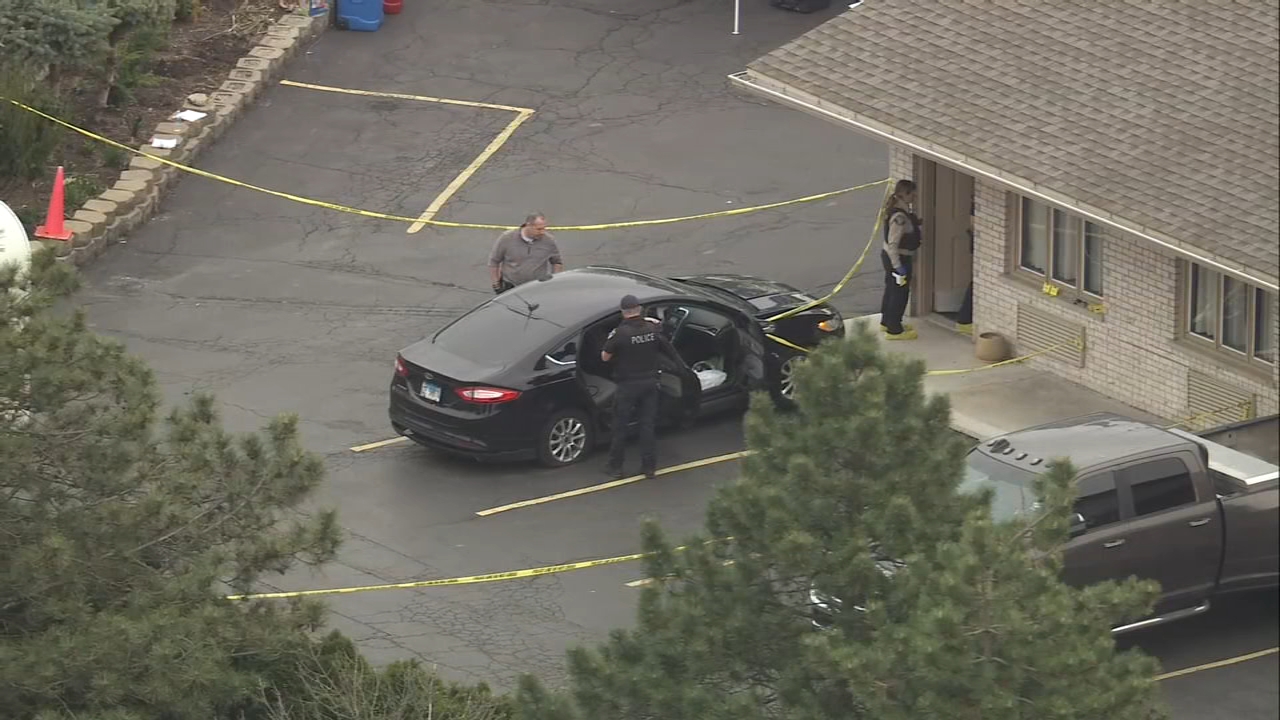7 on the Streets: Downtown Chicago

CHICAGO (WLS) -- Have you ever wondered where all of those Chicago street names came from? Roz Varon investigates in "7 on the Streets."
When Chicago was incorporated in 1837, it was 10 square miles and a handful of streets. Today, the city has over 4,000 miles of streets with more than 2,500 different names - and that includes numbers and letters!
You'll find many of Chicago's early street names downtown, within the original city, bound by Lake Michigan, North Avenue, Wood Street and 22nd Street. Some names are easy to figure out.
Lisa Marshall, a Chicago resident, guessed that Dearborn Street was named after Fort Dearborn.
"Fort Dearborn was a U.S. Army post on Michigan Avenue near Wacker Drive. Henry Dearborn was Thomas Jefferson's Secretary of War. The name was given to the fort, the fort stuck around to the mid 1800's and the street took its name," said Peter Alter, an archivist at the Chicago History Museum.
Chicagoan Chris Wallace wasn't sure where Kinzie Street got its name.
John Kinzie was an early Chicago settler. He traded with the Native Americans and had a cabin along the Chicago River. He is also known for having committed one of the first recorded murders in Chicago history.
"He murdered Jean La Lime. After the murder, he hid out in the woods. The local police, what there was of local police in the 1800's, deemed that he had acted in self-defense," Alter said.
Kinzie's his great-granddaughter, Juliette Gordon Low, was the founder of the Girl Scouts of the USA.
Wacker Driver, one of the city's most famous streets, has been featured in movies, is a great short-cut through the Loop and was part of Daniel Burnham's 1909 plan of Chicago.
Dany St. Pierre, another Chicago resident, thinks there must be a "Mr. Wacker" somewhere.
Charles Wacker was a brewer and a real estate developer.
"He was part of the Chicago Planning Commission in the early 20th century around 1909. He hated bad traffic and wanted to see it flow more smoothly through downtown," Alter said.
Finally, Congress Parkway. Urban legend says it was originally named Tyler Street after the 10th President of the United States.
"There is a story that sometime between 1861 and 1865 that John Tyler, though he was no longer president, became a supporter of the Confederacy and went from the Union side to the Confederate side," Alter said.
Congress Parkway went on to become the Eisenhower Expressway, by the way.





